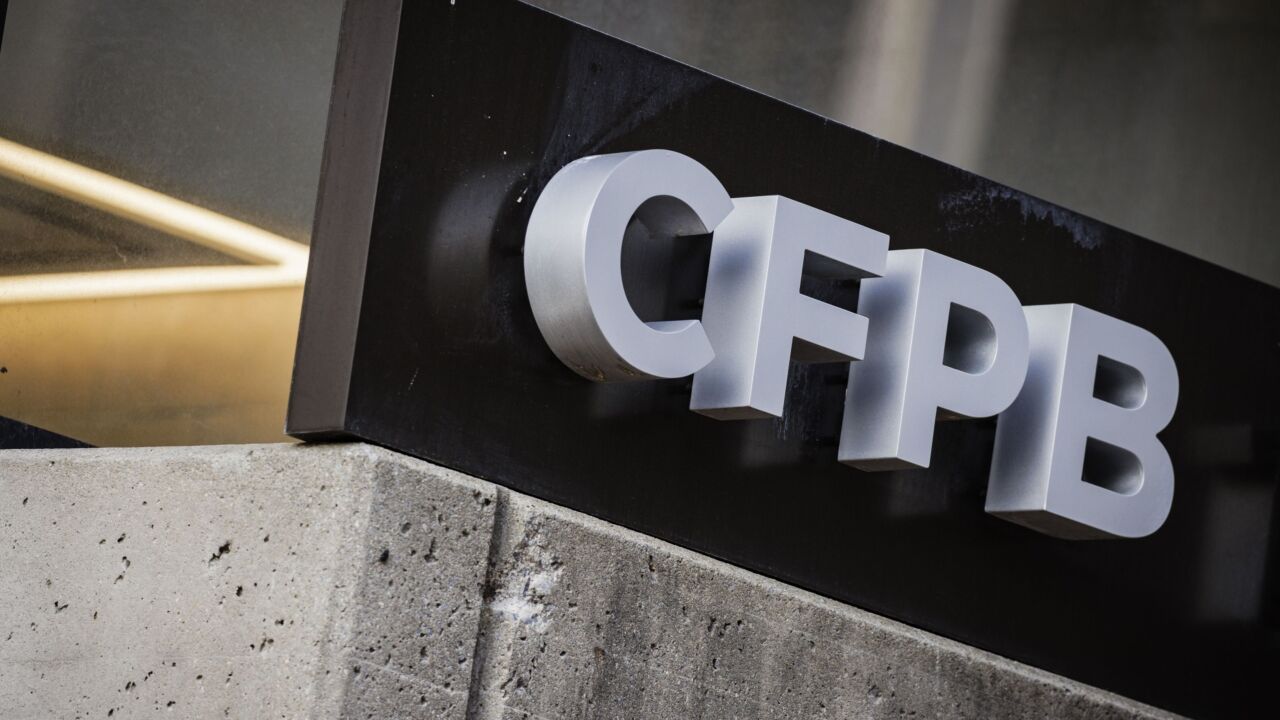For consumers, the golden age of free checking may be coming to an end. For decades, service charge income has made it possible for U.S. retail banks to offer "free checking" products to all their customers. This service charge income comes mainly from overdraft fees that today are paid by a small percentage of the customer base.
Now, the revenue stream from overdraft fees, which accounts for as much as 25% of the pretax net operating income for the average bank, is under intense scrutiny from consumer advocates, the media and lawmakers. While overdraft fees are associated with what some consumer segments would say is a valuable service and possibly their only source of short-term liquidity, the aforementioned groups unilaterally view overdraft fees associated with checking accounts and debit cards as onerous, opaque and unfair. To that end, legislators and regulators have made proposals to change the way banks levy such fees. For the most part, banks have been in a sort of paralysis mode — aware of the rising public outcry against the fees but hesitant to act before the terms of regulation and legislation became clearer.
That paralysis continued until just recently, when three of the largest U.S. financial institutions took action to adjust their overdraft practices and policies.
The size and influence of Bank of America, JPMorgan Chase and Wells Fargo are so significant that most banks in the country will feel compelled to also reframe their policies for overdraft fees.
Though changing overdraft policies will exert tremendous pressure on bank revenues, these changes also provide an opportunity for banks to create new products and revenue streams.
Immediate changes will focus on waiving fees in certain situations — a Band-Aid approach alleviating pressures from consumers and lawmakers. Some institutions may view this as a tactic to defer or eliminate the need for regulation. However, it is far more prudent to expect that legislators and regulators will continue down the path of writing new laws and regulations to further protect consumers.
Though the changes may appease consumers, the harsh reality is that the elimination of overdraft fees will put $10 billion to $15 billion of revenue per year at risk for the banking industry. Once a new regulatory context has been established, banks will need to start a new cycle of product creation focused on crafting fair, transparent and useful offerings for their customers.
The new products will reflect industry best practices regarding overdraft processing, including increased transparency, timely and affordable limits and consistent policies for the availability of funds. By early 2011, if not sooner, it is likely that banks' lost revenue can be rebalanced, replaced or even enhanced by programs that provide much-needed value to customers.
But how? At first consumers will probably welcome overdraft policy changes. However, as they are confronted with new account charges, potential embarrassment from returned or declined transactions and other inconveniences they will begin to seek alternatives that will represent their unique transaction-and-risk profile. The most successful banks will anticipate this and have well-defined segmented consumer liquidity product offerings that meet consumers' needs, and the technology in place to help them recommend the best retail products for each customer.
With new value-rich products, including incentive checking and rewards programs, banks can successfully and quickly reinvent their revenue streams and expand revenue and market share.
That's because even if consumers no longer have "free checking," they will continue to recognize — and pay for — services that deliver value.





